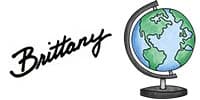I love hands-on learning! So when the pandemic first hit and schools shut down, I panicked. I felt like my love of hands-on learning was lost and there was no way to get it back. The need to teach digitally had come, virtually overnight, and with it, interactive, cooperative learning had died. At least that’s what I believed until I had an awakening.
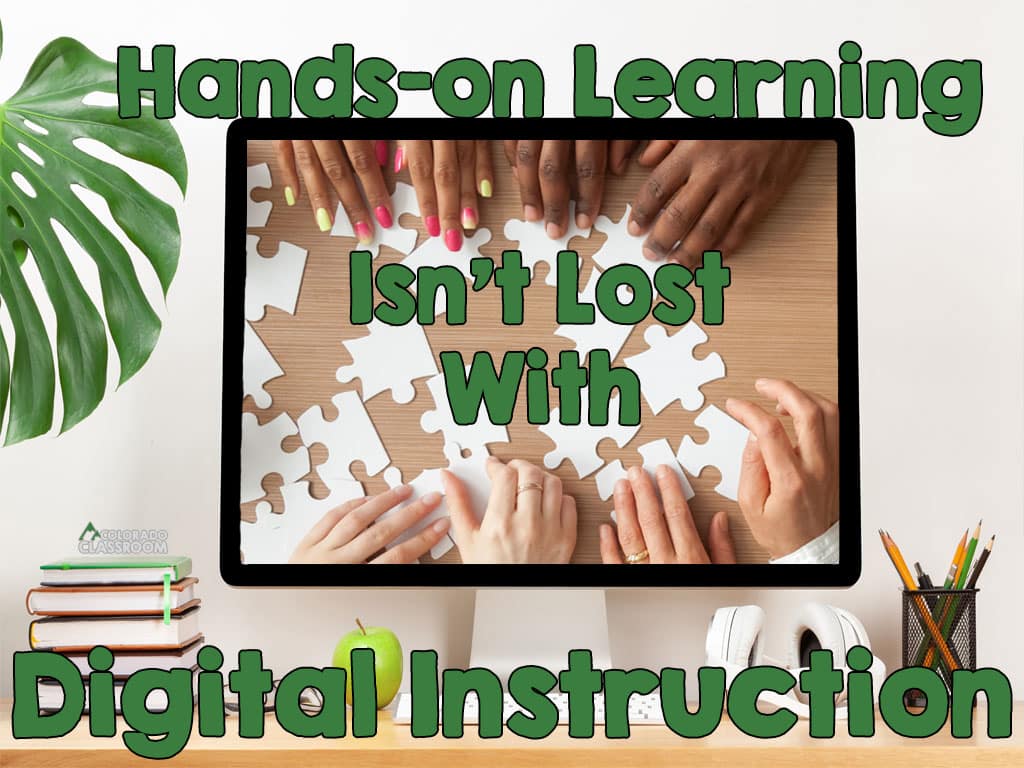
My Awakening
Just because each student was holed up in their house, on their own computer, interacting with a keyboard and a mouse, didn’t mean that lessons needed to be bland and independent. The material could still be interactive, vibrant, engaging, and hands-on if it was approached in the right manner. And that is when Puzzling History began.
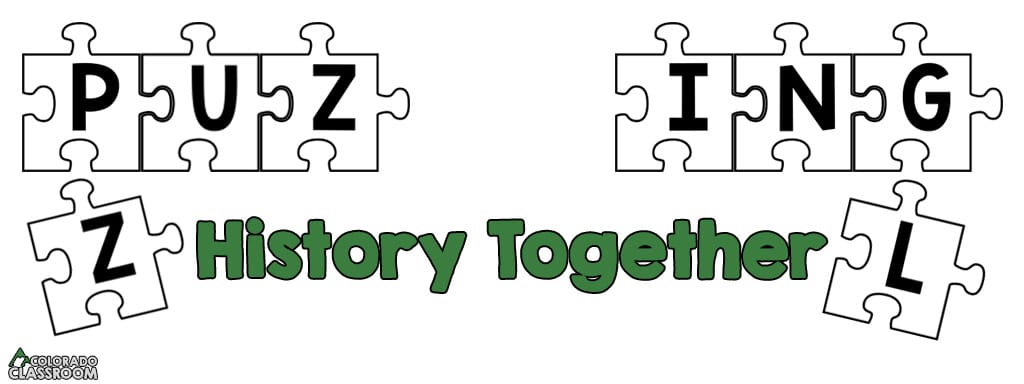
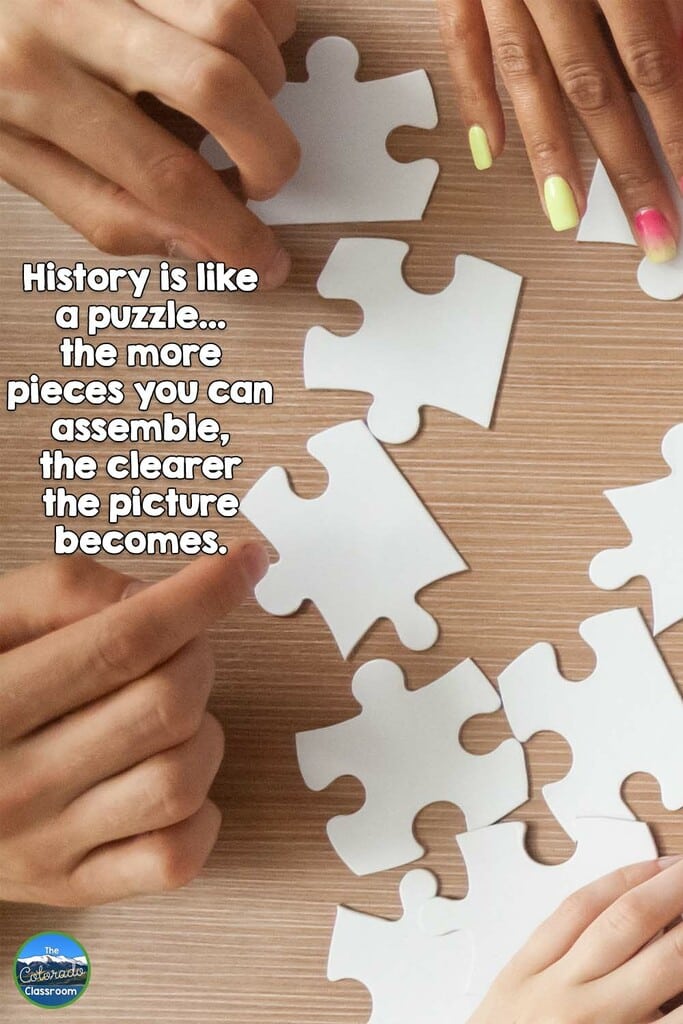
Born from an idea shared in a Facebook group, and grown through discussions shared with other sellers and my family, I determined to create interactive puzzles that students could assemble on their own or with their classmates in an inquiry process that would help them see the correlation between puzzles and history while allowing them to explore landmarks around the world.
Rather than square cuts, I wanted real-looking puzzle pieces that students could interact with digitally. After much searching and researching, trial and error, I found a way to make that happen.
What is Puzzling History?
Puzzling History presents students with a set of four progressively more challenging puzzles. Students are given more and more puzzle pieces until they reach their goal.
At first, there is no way to solve the puzzle. That is the point! They have no idea what they are looking at. Just like with history, when we have too few artifacts or clues, we have trouble making sense of that period or civilization. We don’t know what we’re seeing.
Students are then given more pieces and more pieces until they can piece the puzzle together in its entirety, finally revealing what is going on. And since it is all digital, teachers can assign it to just one student. Or, better yet, they can assign multiple students to work cooperatively and complete the puzzle remotely.
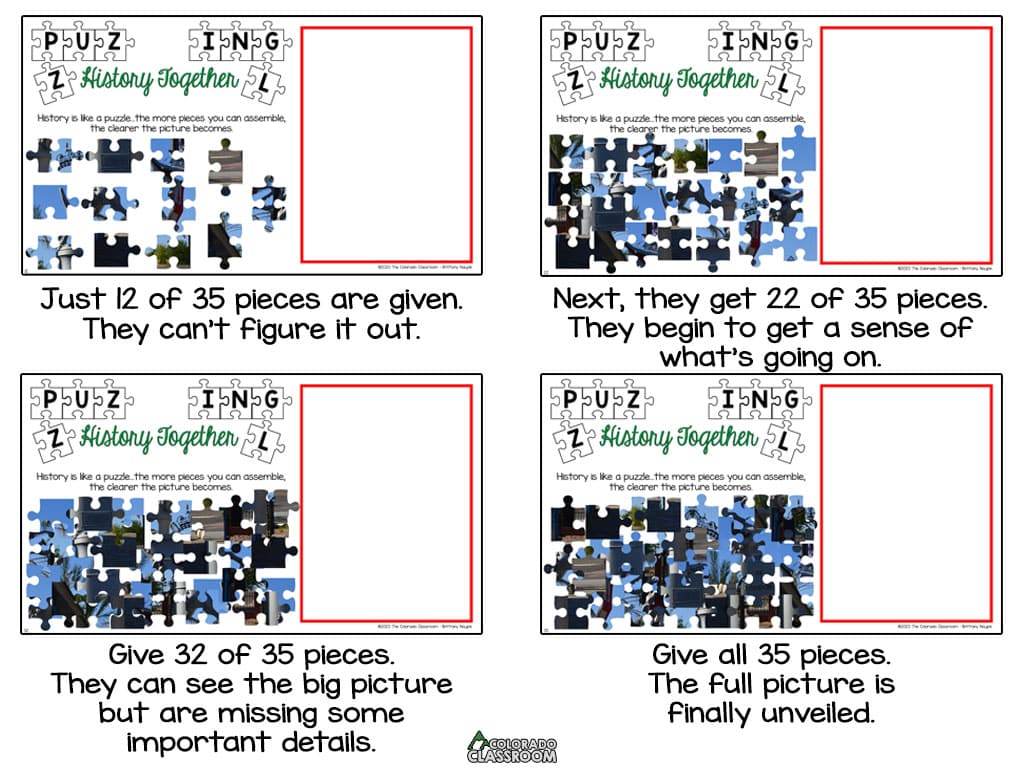
Hands-On Learning Support for Students
For students who need more support, get frustrated easily, or may need assistance in the classroom, there are also alternatives for them. There are two different versions of the puzzle for the teacher to choose from when assigning slides to students who need more support.
There is one slide where a picture of the final outcome is visible. This helps to guide the student through the process. There is also another slide where, not only a picture is visible, but several pieces are already locked into place, making this assignment more accessible for all the students in the classroom.
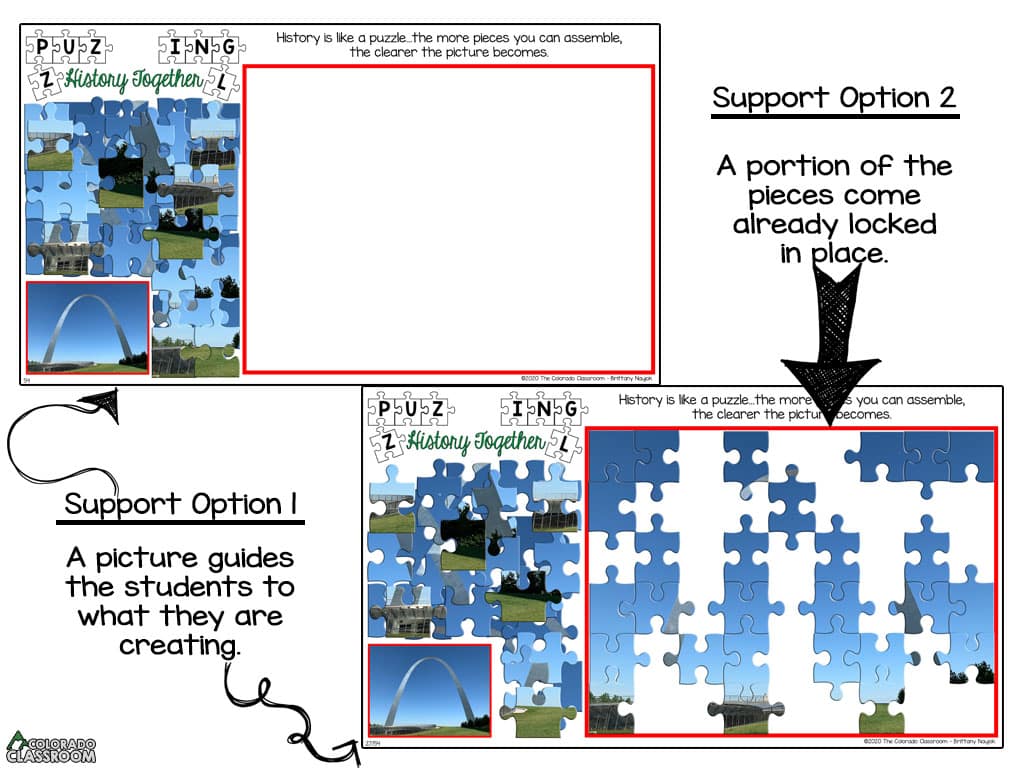
Finally, a reflection sheet helps students process through what they just accomplished. It asks them what they can construct and visualize, and how this hands-on learning experience correlates to history.
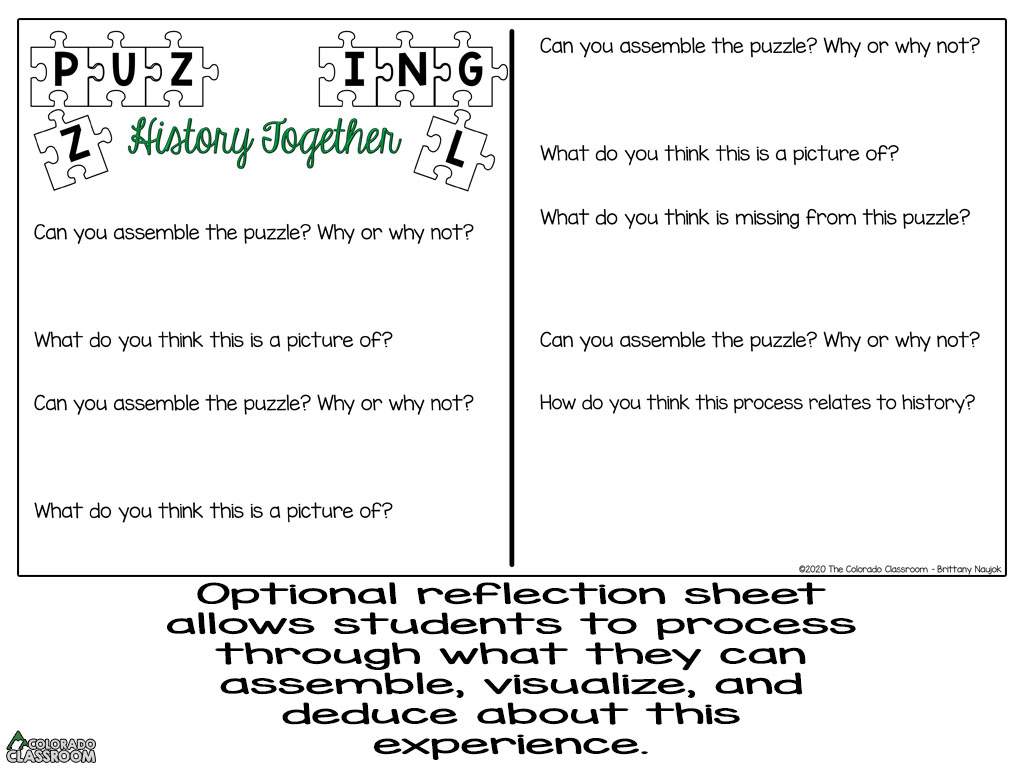
The Digital Aspect of Hands-On Learning
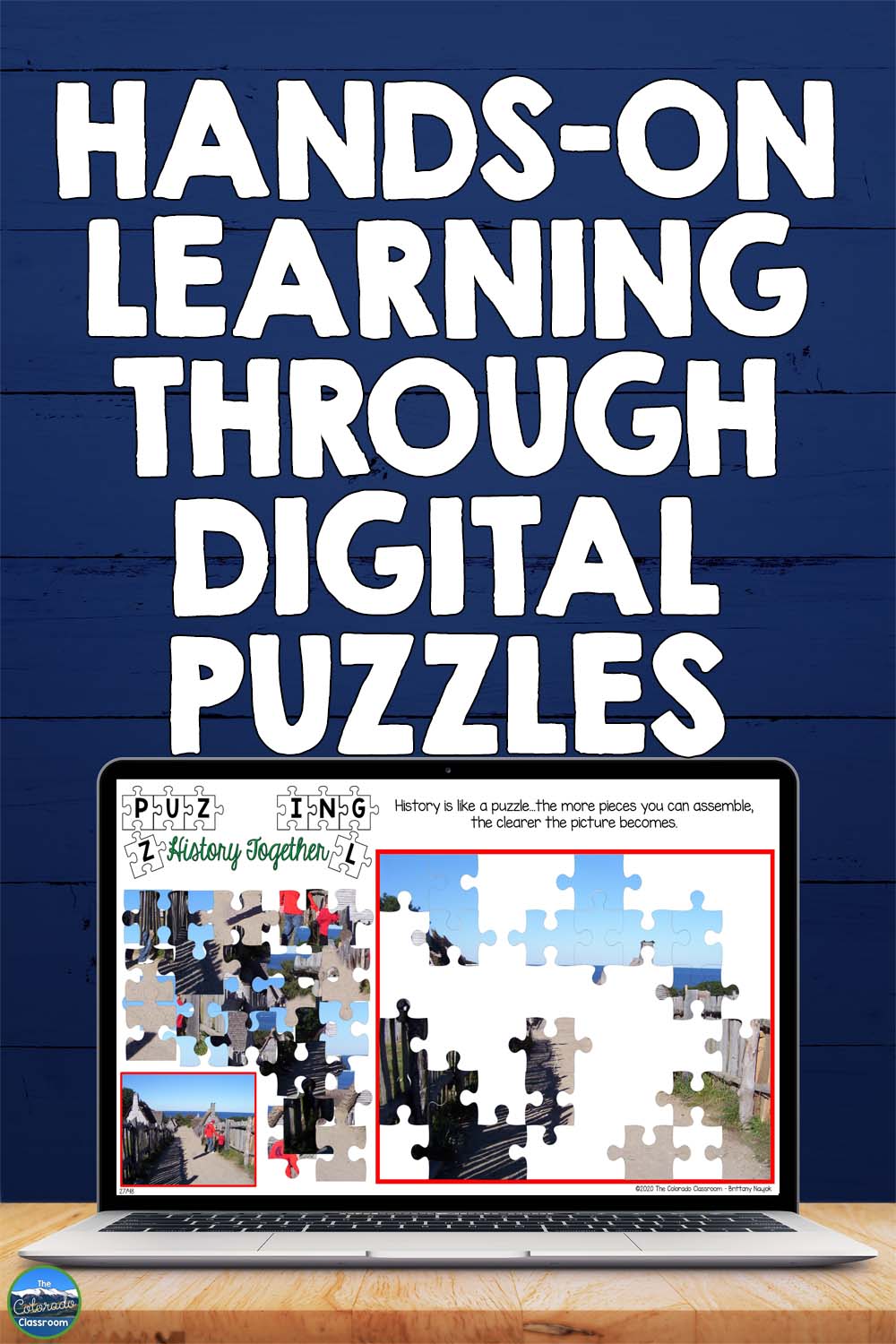
On top of that, Google Slides™ allows you to assign slides to an individual or to a group. This allows this inquiry activity to be truly interactive as the teacher can have the puzzle with 35 pieces go just to student A, but the puzzle with 54 pieces go to students A, B, and C, getting them to engage and work together to create the image. Better yet, give the puzzle with 48 out of 54 pieces to several students and have them complete it. Then have them discuss and deduce what is happening, what is missing, and what is truly going on. How fun is that? Check out an example of Puzzling History in the video below.
These Puzzling History Digital Inquiry Activities will allow students to get hands-on and explore history with a new twist on learning. From there you can try out Digital Interactive Notebooks as well.
For what historical location would you like to see a puzzle? Let me know in the comments.
